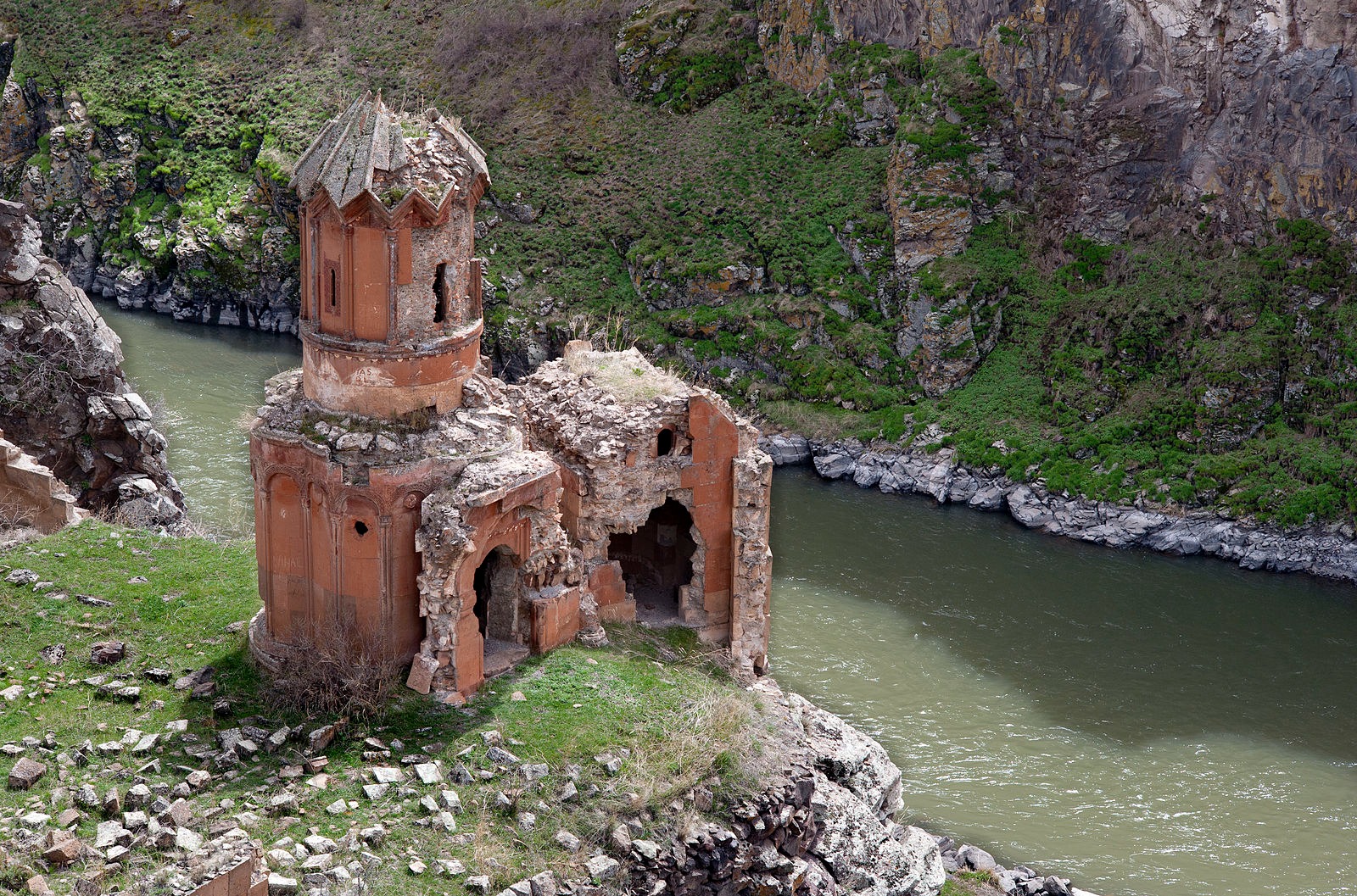
Ani is a Medieval Armenian city in Turkey located on the banks of Akhurian River. It was settled around 3000BC and has joined the ranks of other world cultural heritage sites by being recognized by UNESCO in 2016.
The ancient village is set near a natural gorge which is the border between Turkey and Armenia making it an ideal place to defend and became one of the most important centers of the Silk Road.
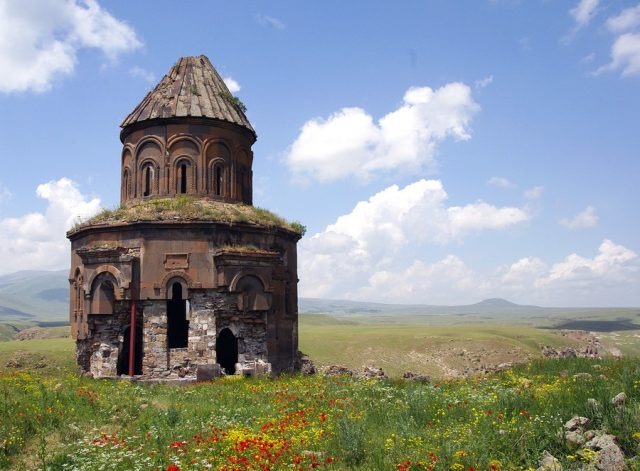
Trading along this route connected the eastern and western parts of Asia and later Europe during the Han Dynasty in China about 207BC to 220AD.
Ani has been given the rank of a First Degree Archaeological Conservation Site placing the property under the protection of Turkey’s National Law No. 2863 for the Protection of Cultural and Natural Properties and must have approval from the Kars Regional Council for the Protection of Cultural Assets.
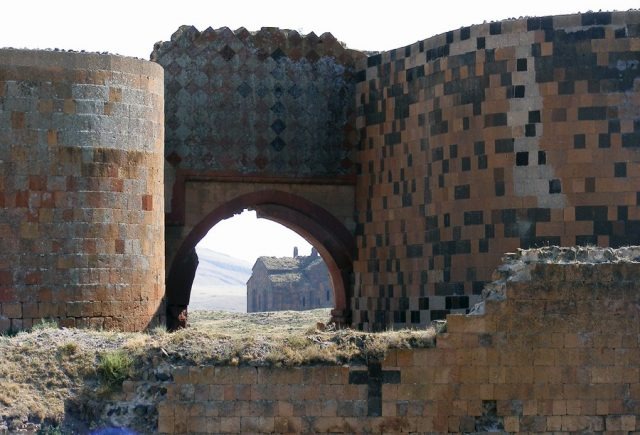
What made Ani so exceptional were the vast building projects completed over the years by both Muslim and Christian rulers and its remarkable number of churches.
During the period when Armenian rulers controlled the city, it was known as the “The City of 1,001 Churches”, according to bbc.com. While there were not quite that many churches at least forty places of worship have been found so far.
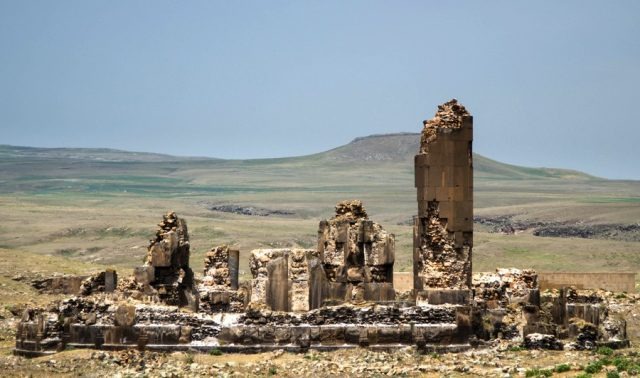
Ani was at its peak about the 10th and 11th centuries when it was run by the Bagratuni Armenian royal family but soon after Seljuk Turks and the Byzantine Empire destroyed what remained of the Bagratid rulers. According to britannica.com, it is believed that the population was about one hundred thousand during the early 11th century.
The Arme Mongol raids in the 13th century and a strong earthquake in 1319 began the decline of the city until trade routes changed and the city was abandoned.
According to whc.unesco.org, there are three zones of architecture. The first is the citadel which has the remains of the Karamadin church, the church with Six Apses, the Palace church along with the Kamsaragan palace, the Midjnaberd church and the Sushan Pahlavuni church.
The outer citadel includes the Fire Temple, Ramparts of Smbat II, the Seljuk Palace, the Emir Ebu’l Muammeran Complex and the Silk Road Bridge, among others. The third zone outside the city’s walls includes the Bostanlar Creek and rock carved buildings on the slope of a nearby valley.
There are remains of religious statues from the Muslim and Christian faiths as well as Zoroastrians. There are architectural and artistic remains from the Byzantines, Medieval Armenians, Seljuk and Georgian cultures.
Because of the cultural blending many new art and architecture trends evolved during the 7th to the 13th centuries AD with the evolution demonstrated in the many different types of architecture used in building the churches, military buildings, government buildings, meeting places and homes.
Other buildings include the Church of St. Gregory of the Abughamrentsis which was originally domed, the Church of the Redeemer which had nineteen archways and a dome, The Church of St. Gregory of Tigran Honents built in 1215 which has the best preserved frescos of any of the buildings and the mosque of Manuchihr that sits right on the edge of a cliff and is the subject of argument about if it was built as a mosque or later transformed into one.
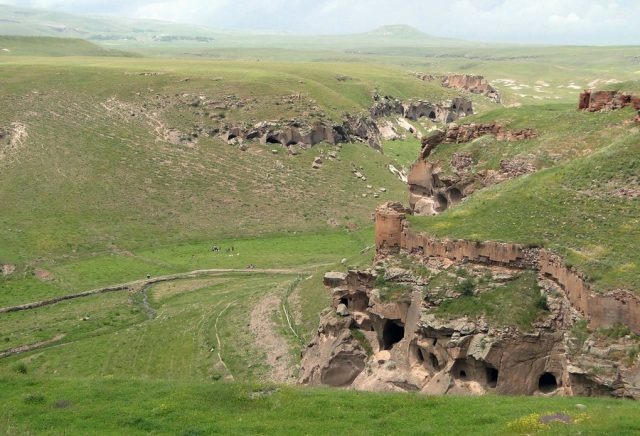
Unfortunately, older restoration teams altered the original building materials. The teams excavating the site are more concerned with correcting the errors of previous teams than uncovering new monuments at the moment.
The Ministry of Culture and Tourism which allocates funds and is responsible for the protection of the site has produced numerous plans over the years and has been constantly upgrading what is needed.
